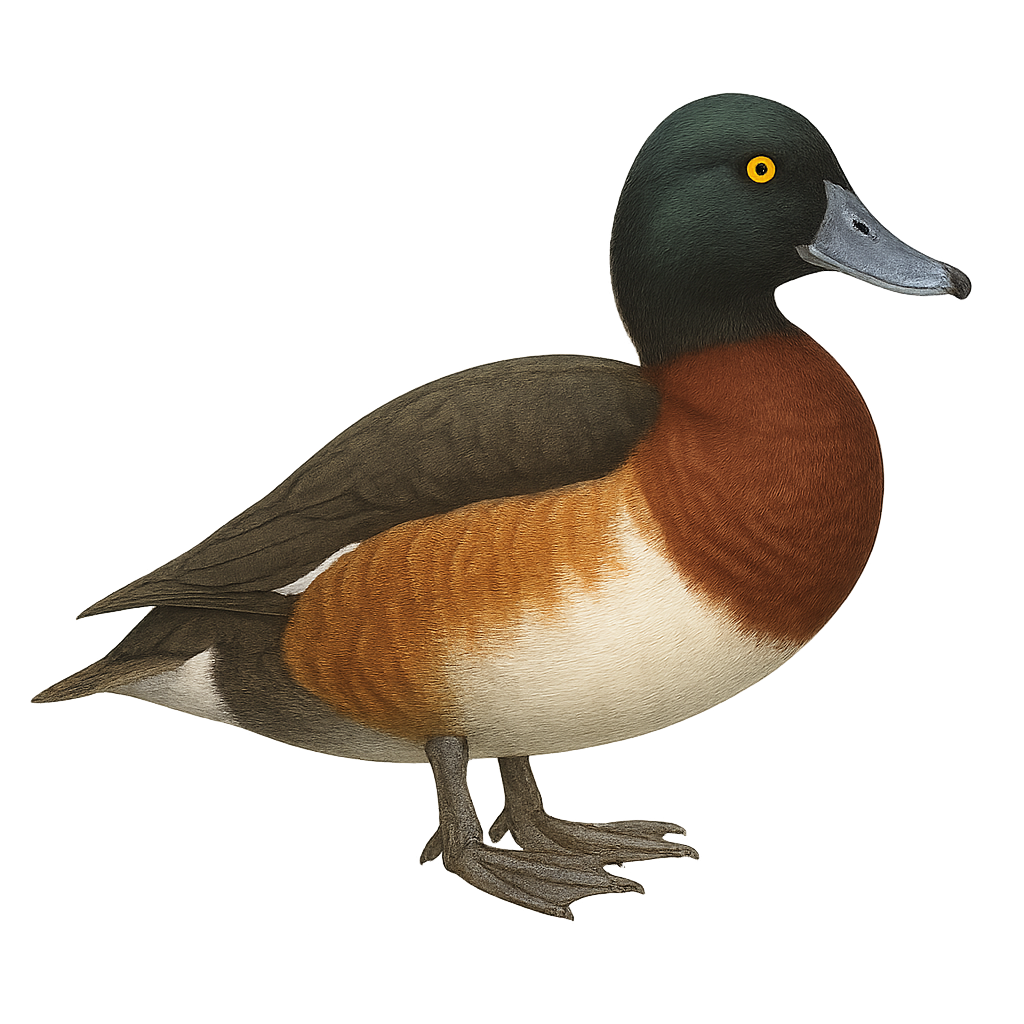Your wildlife photography guide.
Explore the baer's pochard in detail, study its behavior, prepare your shots.
Where to observe and photograph the baer's pochard in the wild
Learn where and when to spot the baer's pochard in the wild, how to identify the species based on distinctive features, and what natural environments it inhabits. The WildlifePhotographer app offers tailored photography tips that reflect the baer's pochard’s behavior, helping you capture better wildlife images. Explore the full species profile for key information including description, habitat, active periods, and approach techniques.
Baer's Pochard
Scientific name: Aythya baeri

IUCN Status: Critically Endangered
Family: ANATIDAE
Group: Birds
Sensitivity to human approach: Suspicious
Minimum approach distance: 10 m
Courtship display: April to June
Incubation: 24-26 jours
Hatchings: May to July
Habitat:
Freshwater lakes, marshes, ponds
Activity period :
Primarily active during the day, with peak activity in the morning and late afternoon.
Identification and description:
The Baer's Pochard, or Aythya baeri, is a rare and endangered diving duck native to East Asia. It is primarily found in China, Russia, and North Korea. This medium-sized duck, measuring about 41 to 46 cm in length, is characterized by its dark brown plumage, black head and neck, and white belly. Males have a striking red iris, while females have a brown iris. The Baer's Pochard prefers freshwater lakes, marshes, and ponds, where it feeds on aquatic plants, insects, and small mollusks. Unfortunately, habitat destruction and excessive hunting have led to a drastic decline in its population, classifying it as critically endangered by the IUCN.
Recommended lens:
400 mm – adjust based on distance, desired framing (portrait or habitat), and approach conditions.
Photography tips:
To photograph the Baer's Pochard, it is advisable to use a telephoto lens of at least 400 mm to capture detailed images without disturbing the bird. Opt for early morning or late afternoon hours when the light is soft and activity is higher. Be patient and discreet, hiding behind bushes or using a hide. Avoid sudden movements and maintain a safe distance of at least 10 meters to avoid scaring the bird.
The WildlifePhotographer App is coming soon!
Be the first to explore the best nature spots, track rutting seasons, log your observations, and observe more wildlife.
Already 1 439 wildlife lovers subscribed worldwide

